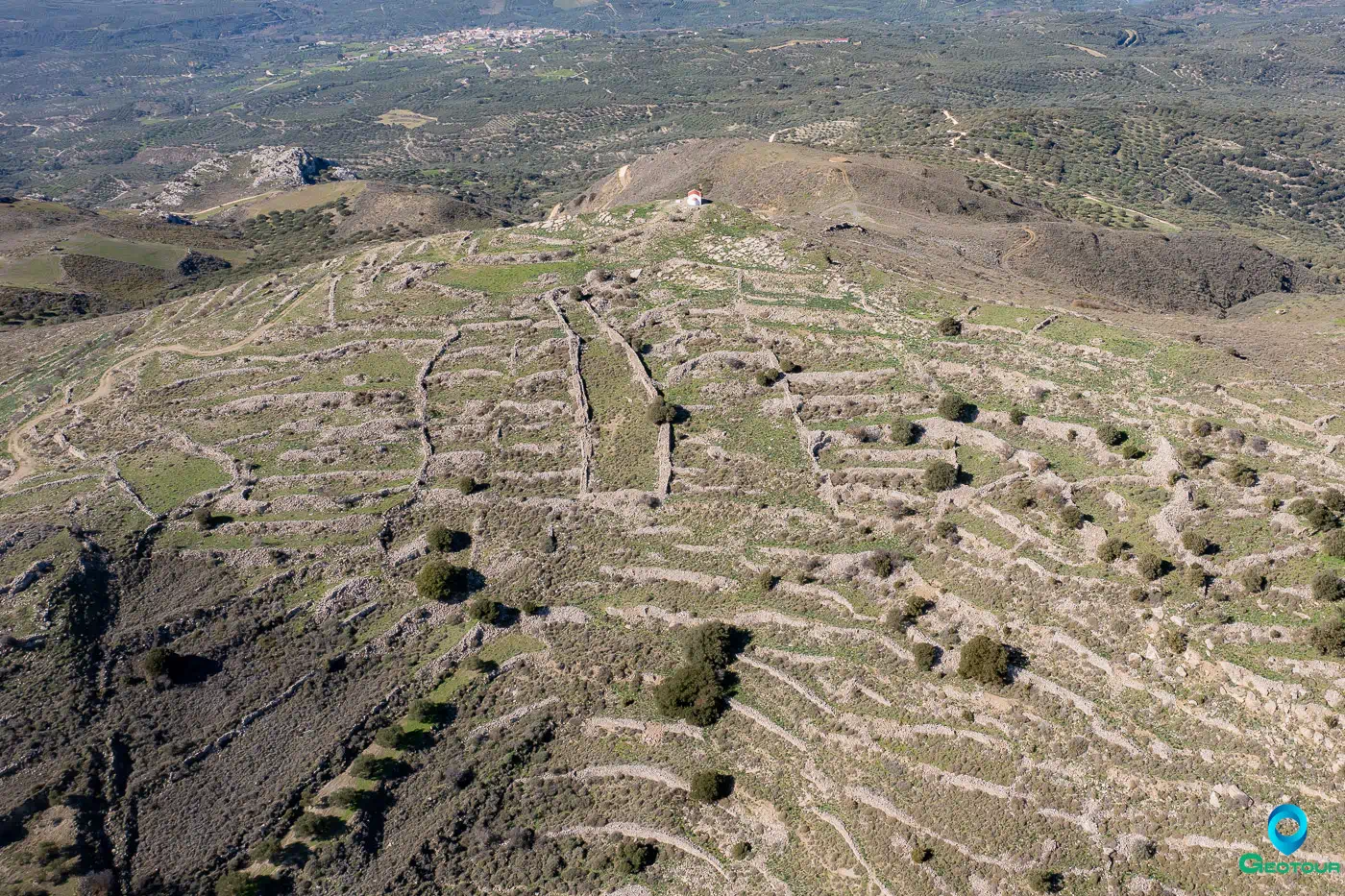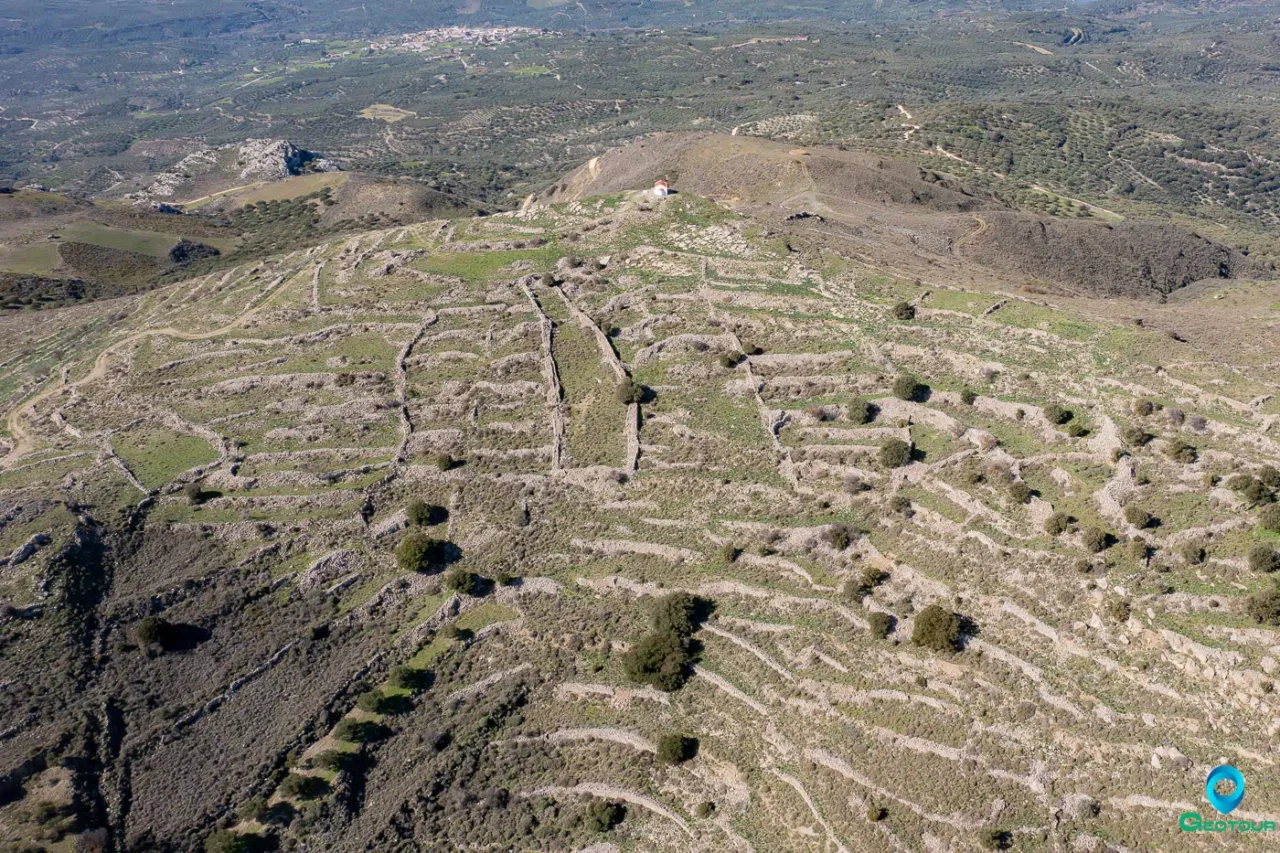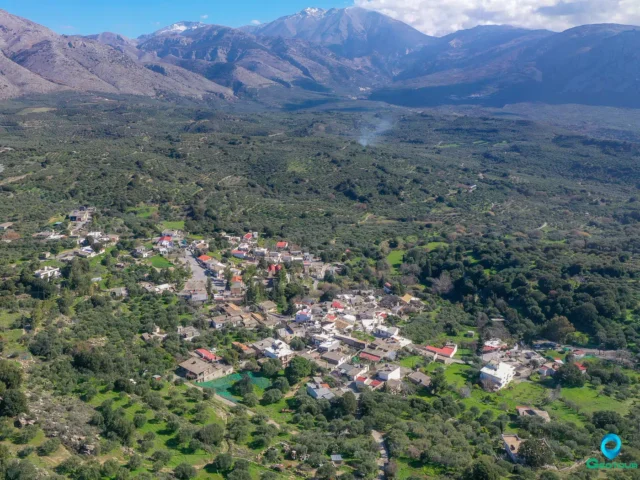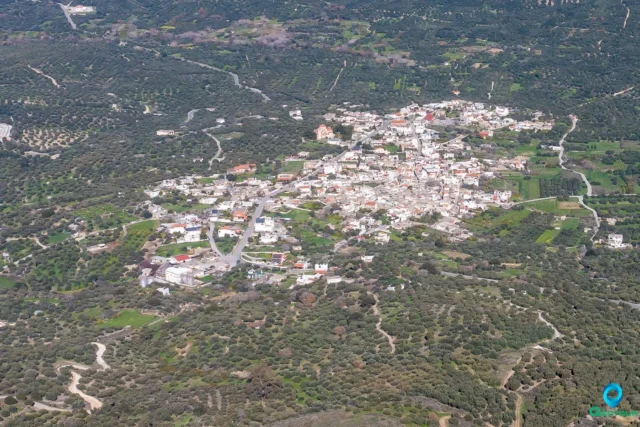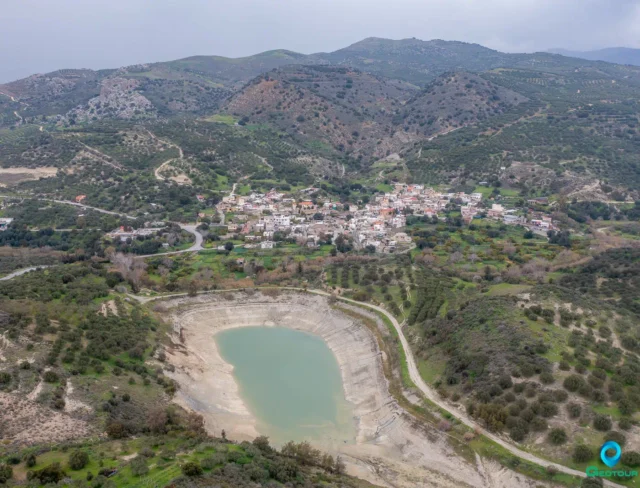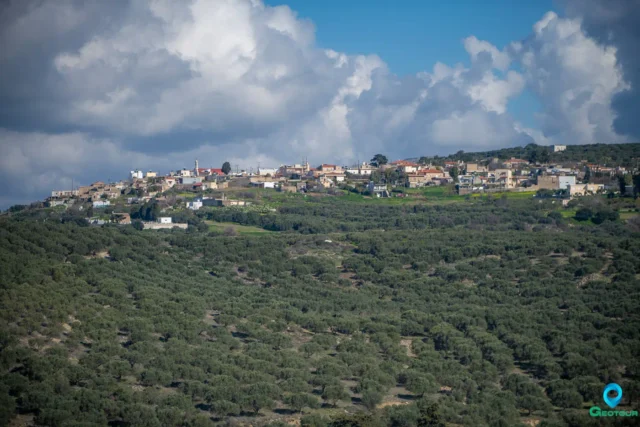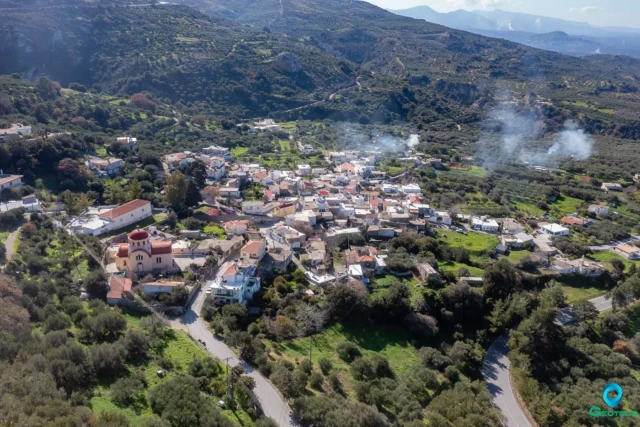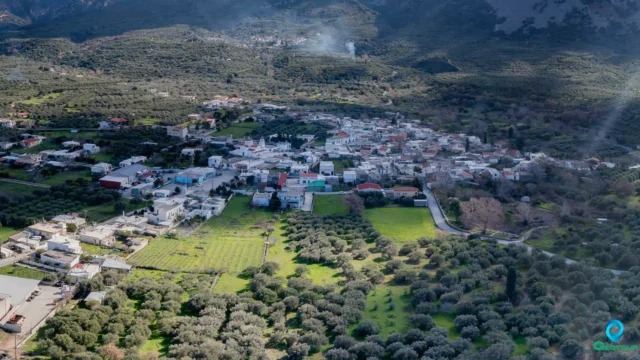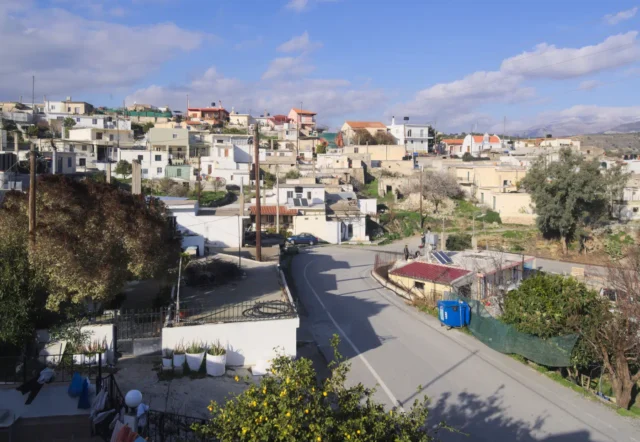Ancient Arkadia, also known as Arcades or Arkades (Ἀρκάδες), was a town and polis (city-state) of ancient Crete. It held a prominent position in the region, even disputing the claims of Mount Ida as the birthplace of Zeus. The city’s history can be traced back to at least the 4th century BCE, as evidenced by Theophrastus’s account of its environmental challenges and subsequent recovery.
Active Period
While the exact founding date remains unknown, Arkadia was active during various periods:
- 4th Century BCE: Theophrastus’s account suggests the city existed and faced environmental issues during this period.
- 3rd Century BCE: Involvement in the Lyttian War (c. 220 BCE) and coin minting (c. 330-280/70 BCE) indicate activity during this time.
- 2nd Century BCE: Inscriptions record treaties with Eumenes II of Pergamon (183 BCE) and other alliances, highlighting Arkadia’s continued importance.
- Roman Period: An inscription detailing bathhouse regulations points to the city’s existence and adaptation under Roman rule.
Significant Findings
- Inscriptions: Numerous inscriptions have been discovered in and around Arkadia, providing valuable insights into its history, governance, and religious practices. These include:
- Coins: Silver and bronze coins bearing representations of Zeus and Athena with the inscription “ARKADON” confirm the city’s identity and independence.
- Archaeological Excavations: Excavations conducted in 1924 unearthed:
- Numerous houses and a cemetery with vaulted tombs, indicative of Minoan influence.
- Burials in earthen jars and urn boxes containing artifacts from the Geometric and Orientalizing periods (9th-7th centuries BC).
- Pottery attributed to a local workshop.
- A unique Phoenician capital from the 7th century BC, exhibiting Egyptian influence.
Architectural Features
- Bathhouse: The inscription detailing bathing hours suggests the presence of a public bathhouse (balaneion) in Arkadia, likely built during the Roman period. The bathhouse likely featured separate areas or regulated times for men and women.
- Temples: While no temple structures have been specifically identified, epigraphic evidence suggests the presence of a temple dedicated to Asclepius. The number of treaties and decrees inscribed at this site is comparable to the Asklepieion at Lissos.
- Vaulted Tombs: The discovery of vaulted tombs in the cemetery points to Minoan architectural influence in the city’s funerary practices.
Current Status
The site of ancient Arkadia is located near the modern village of Afrati in the Pediada province of Crete. While the ancient city no longer exists, archaeological remains and inscriptions attest to its historical significance.
Site: Key Points
- Disputed Mount Ida’s claim as the birthplace of Zeus.
- Experienced environmental challenges and recovery according to Theophrastus.
- Participated in the Lyttian War (c. 220 BCE).
- Minted coins (c. 330-280/70 BCE) with the inscription “ARKADON.”
- Signed treaties with various cities, including Gortyn, Miletos, Teo of Ionia, and Eumenes II of Pergamum.
- Had a public bathhouse (balaneion) likely built during the Roman period.
- Featured vaulted tombs in its cemetery, indicating Minoan influence.
- Located near modern Afrati in the Pediada province of Crete.
References
- Antonis Thomas Vasilakis, THE 147 CITIES OF ANCIENT CRETE.
- Kelly, A. (2013). Roman Bathhouses on Crete as Indicators of Cultural Transition: The Dynamics of Roman Influence. In A. Gardner, E. Herring, & K. Lomas (Eds.), Creating Ethnicities & Identities in the Roman World (pp. 389-472). Institute of Classical Studies.
- Kenneth F. Kitchell, Jr., 1983, “New Evidence for the Cretan Ariaioi Coinage,” American Journal of Archaeology 87(2), pp. 216-220.
- Martha W. Baldwin Bowsky, 2021, Lissos Inscriptions Found in Excavations of the Asklepieion, Athens.








